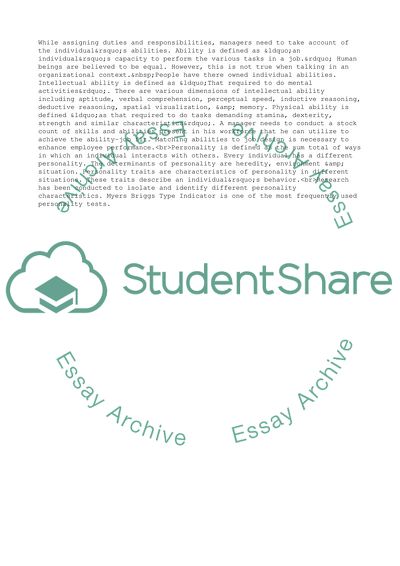Cite this document
(The Importance of Understanding Organizational Behavior Assignment, n.d.)
The Importance of Understanding Organizational Behavior Assignment. Retrieved from https://studentshare.org/management/1519017-human-resource-development-college-essay
The Importance of Understanding Organizational Behavior Assignment. Retrieved from https://studentshare.org/management/1519017-human-resource-development-college-essay
(The Importance of Understanding Organizational Behavior Assignment)
The Importance of Understanding Organizational Behavior Assignment. https://studentshare.org/management/1519017-human-resource-development-college-essay.
The Importance of Understanding Organizational Behavior Assignment. https://studentshare.org/management/1519017-human-resource-development-college-essay.
“The Importance of Understanding Organizational Behavior Assignment”, n.d. https://studentshare.org/management/1519017-human-resource-development-college-essay.


